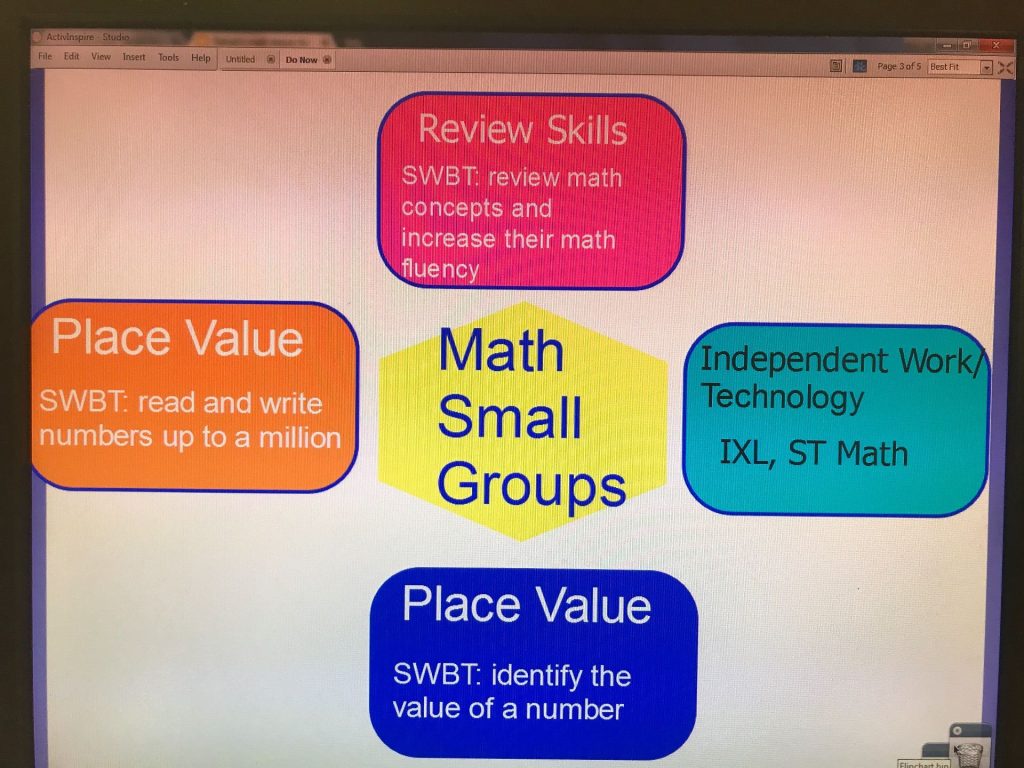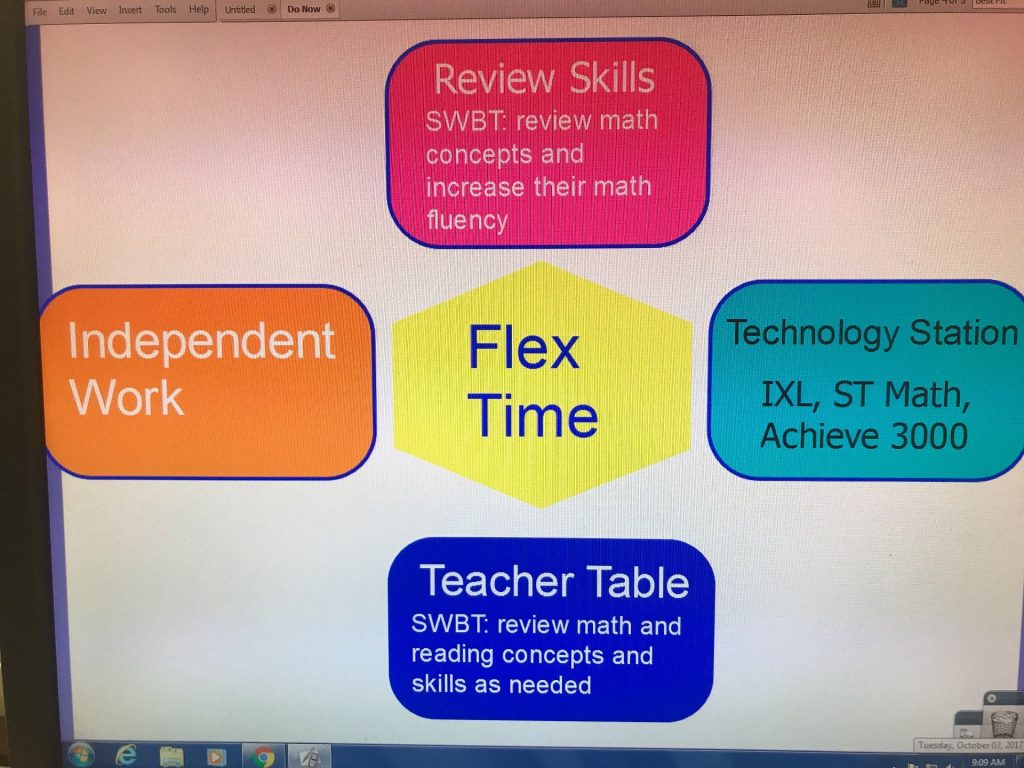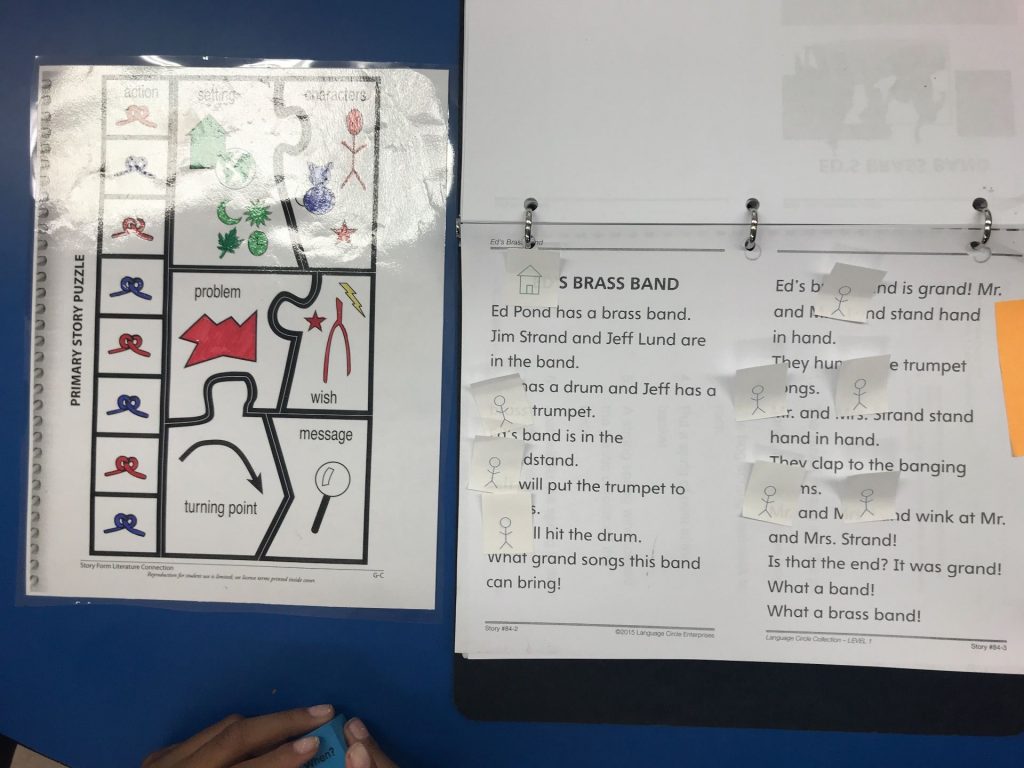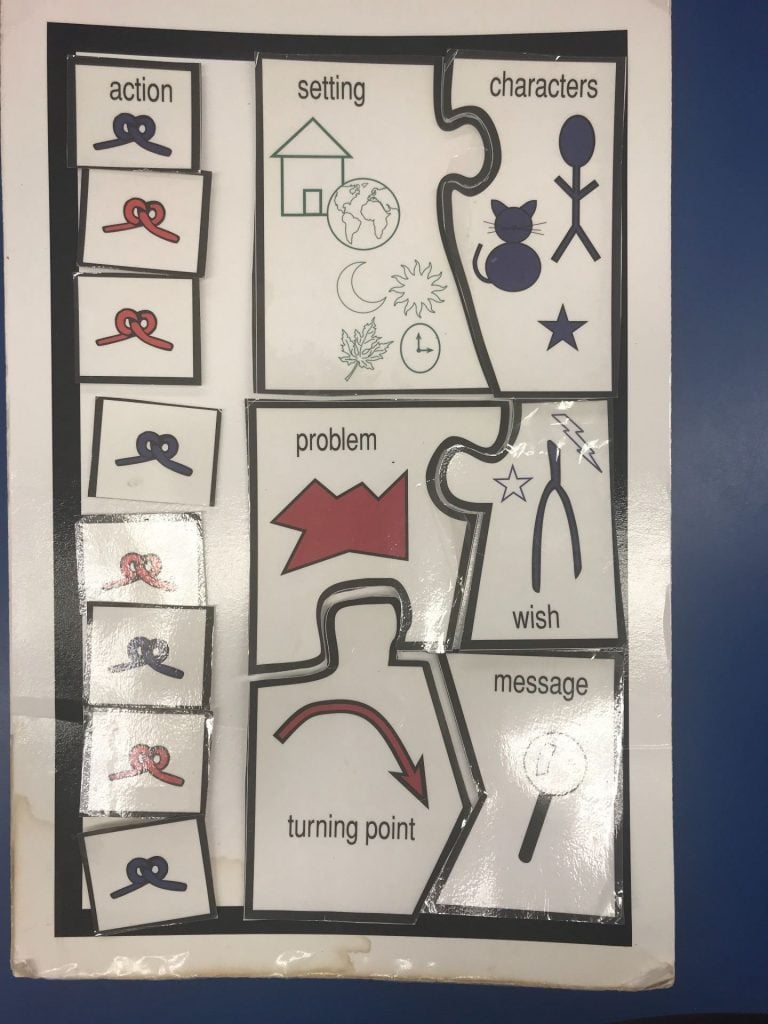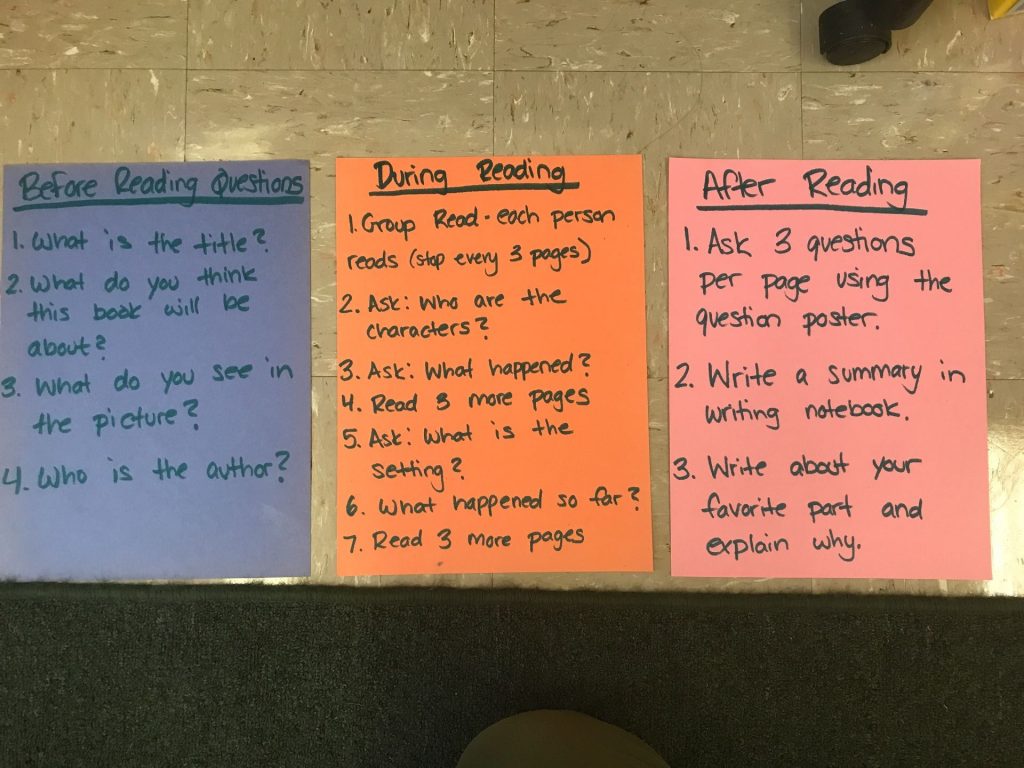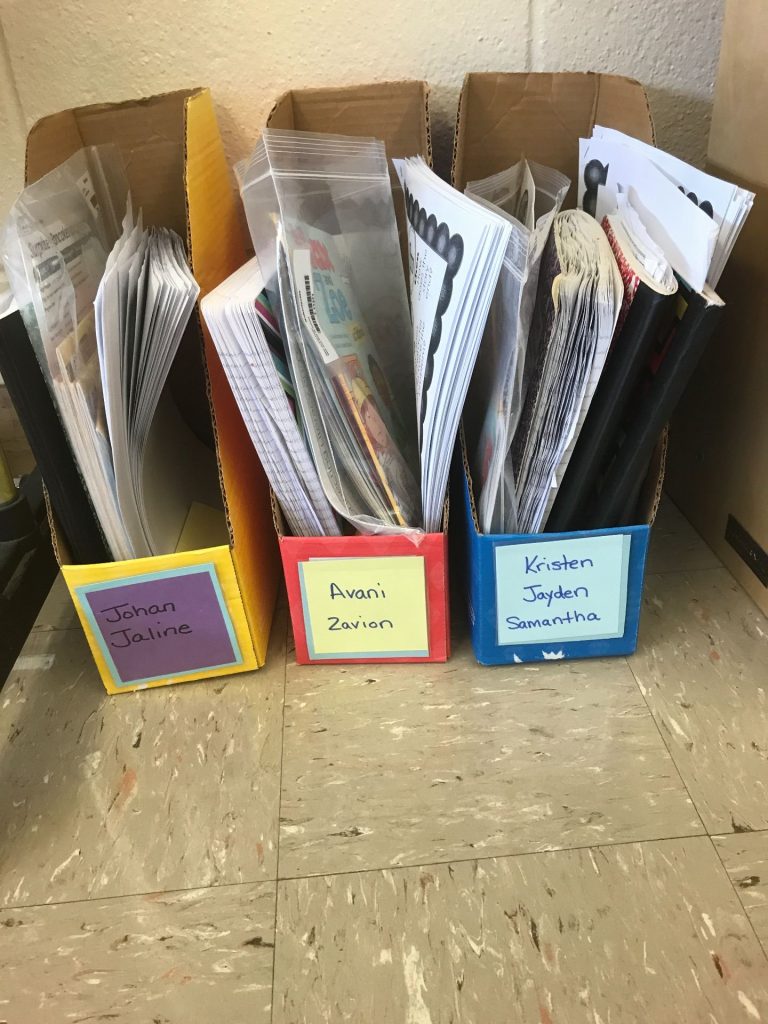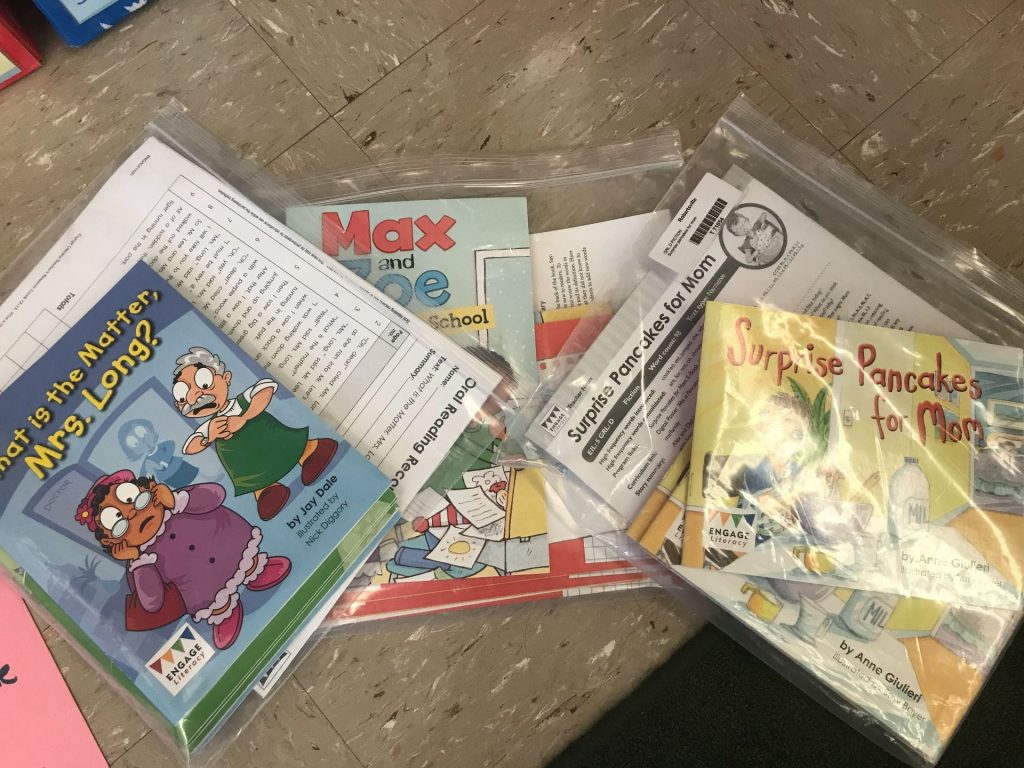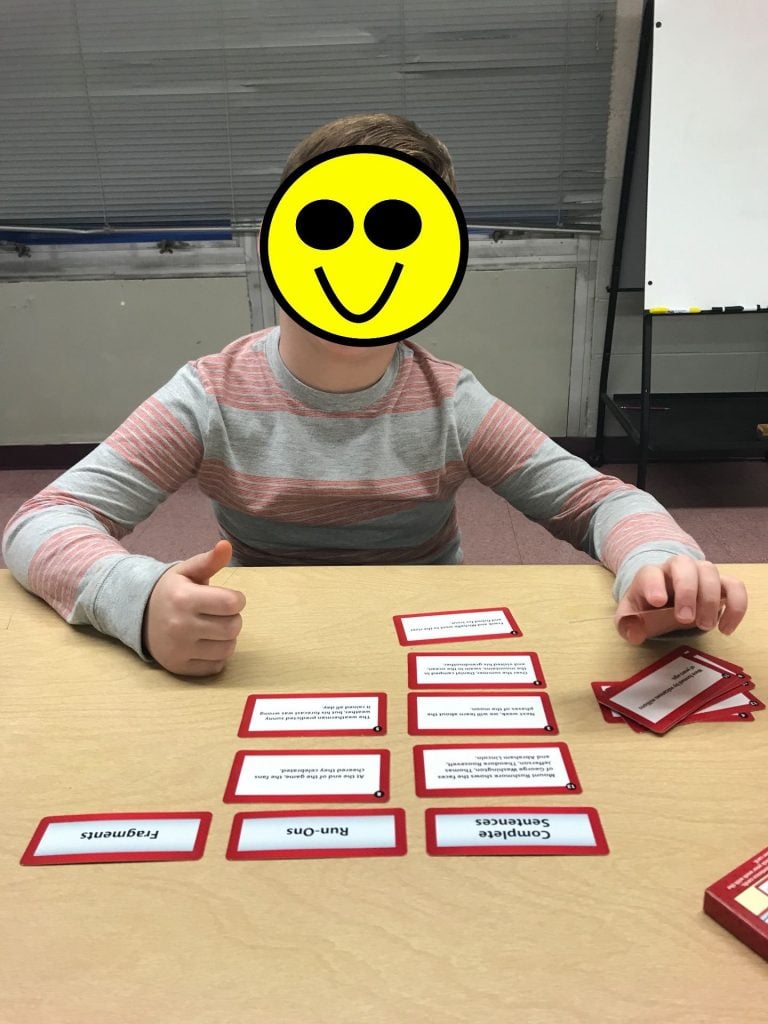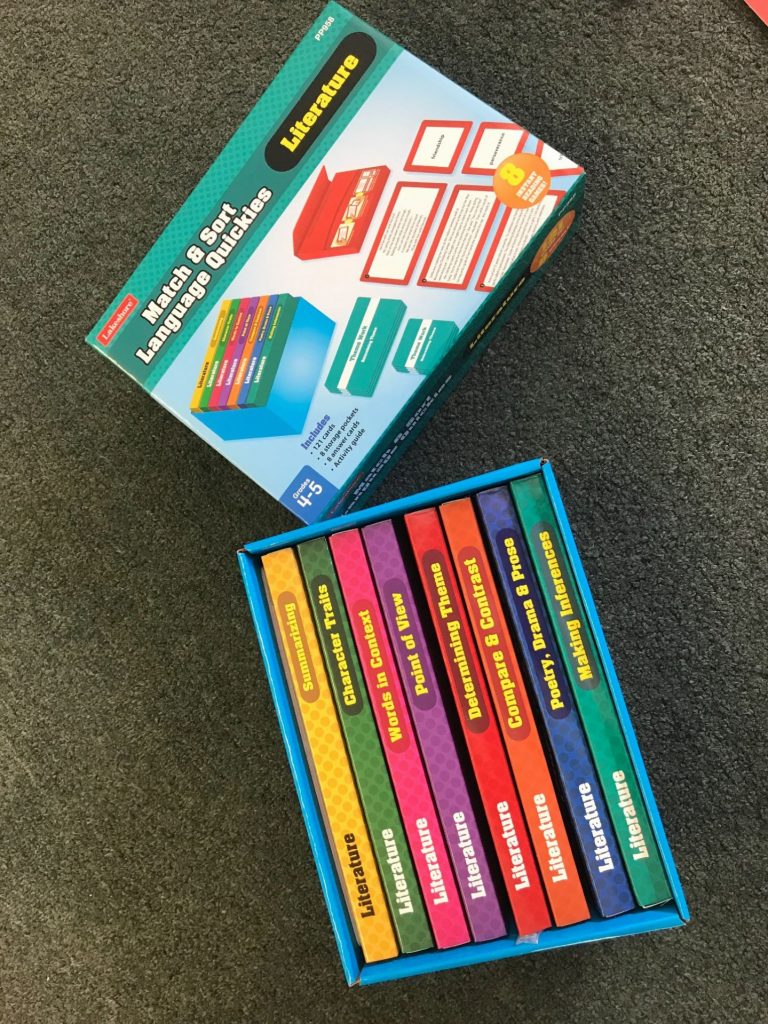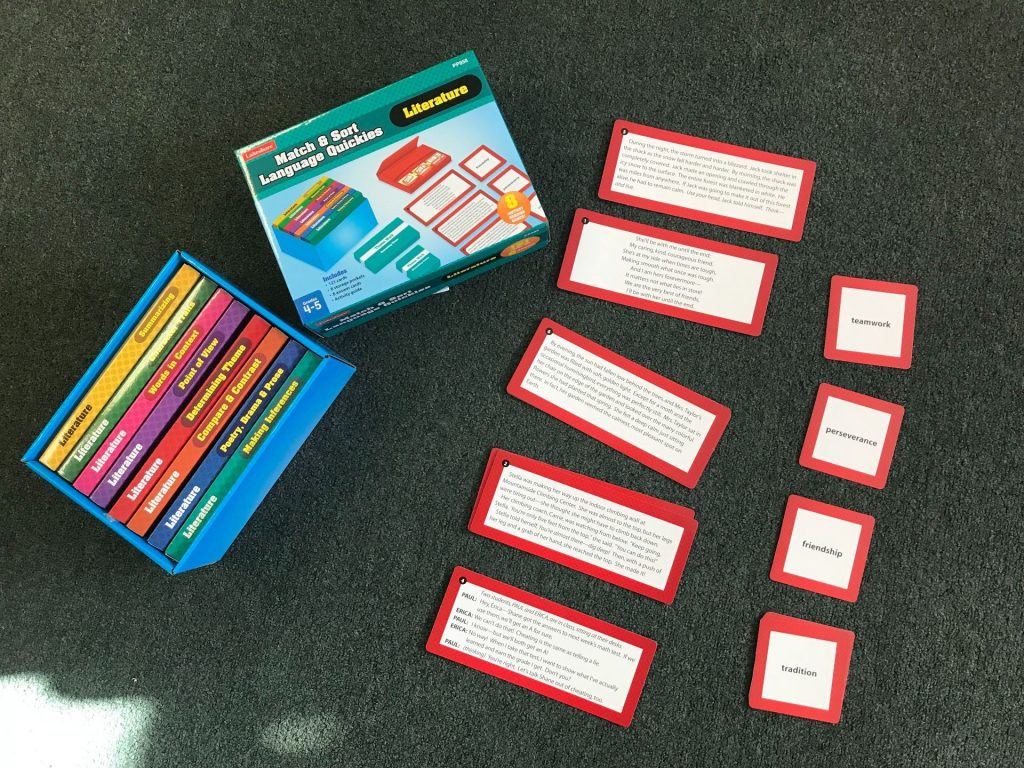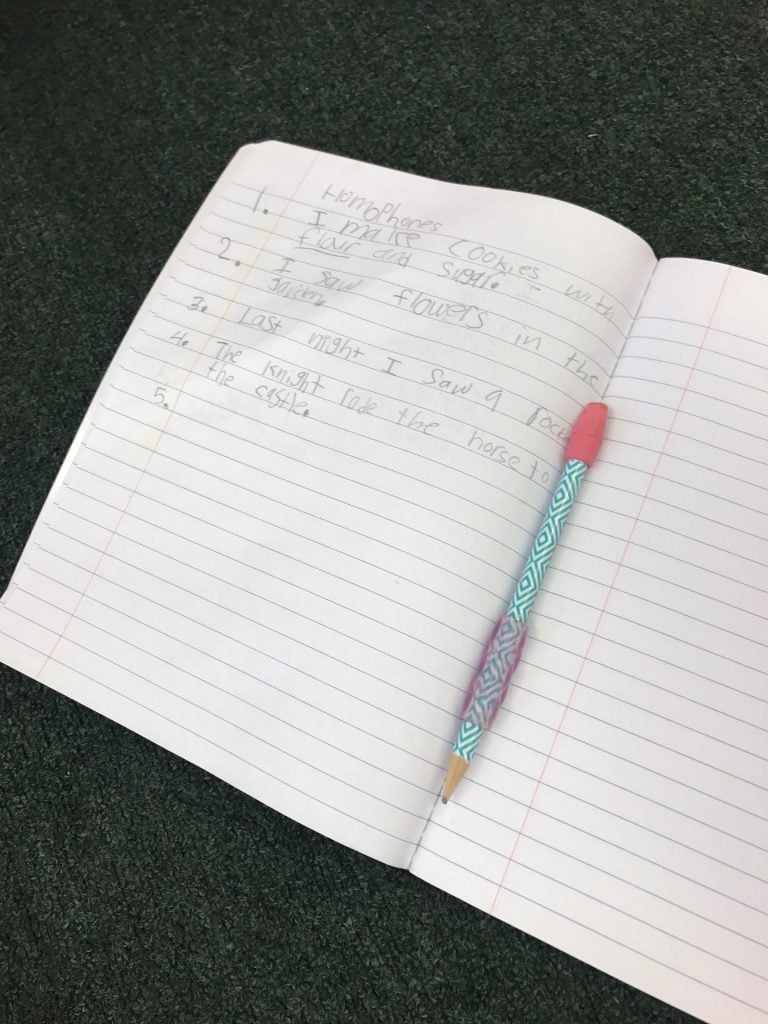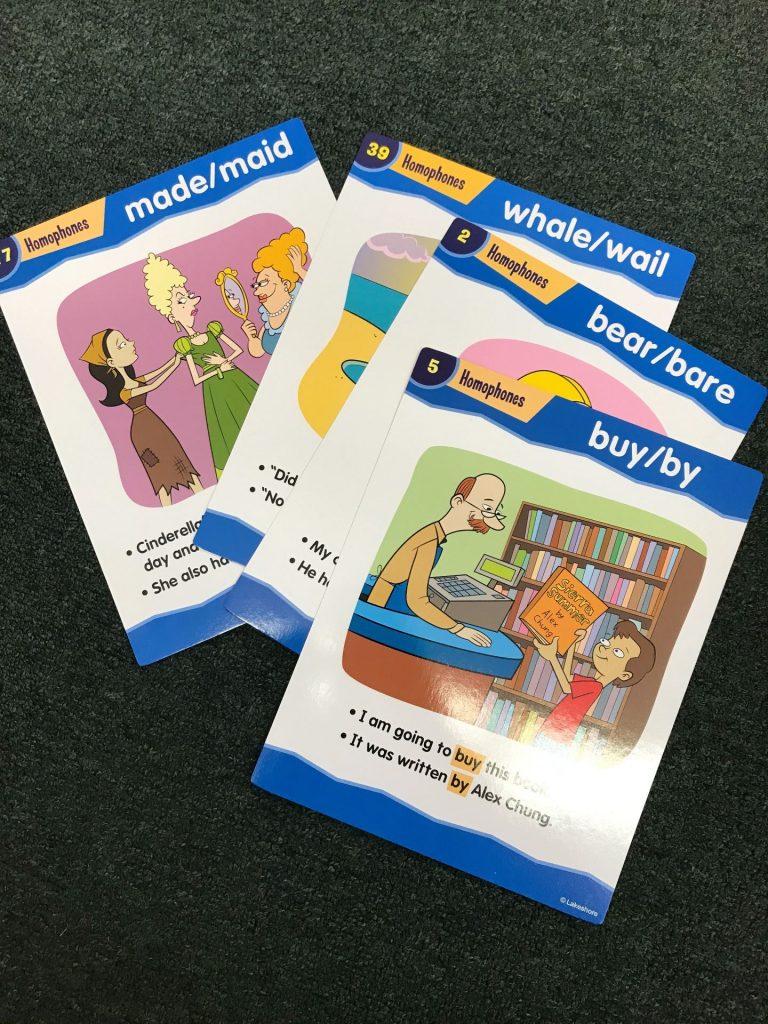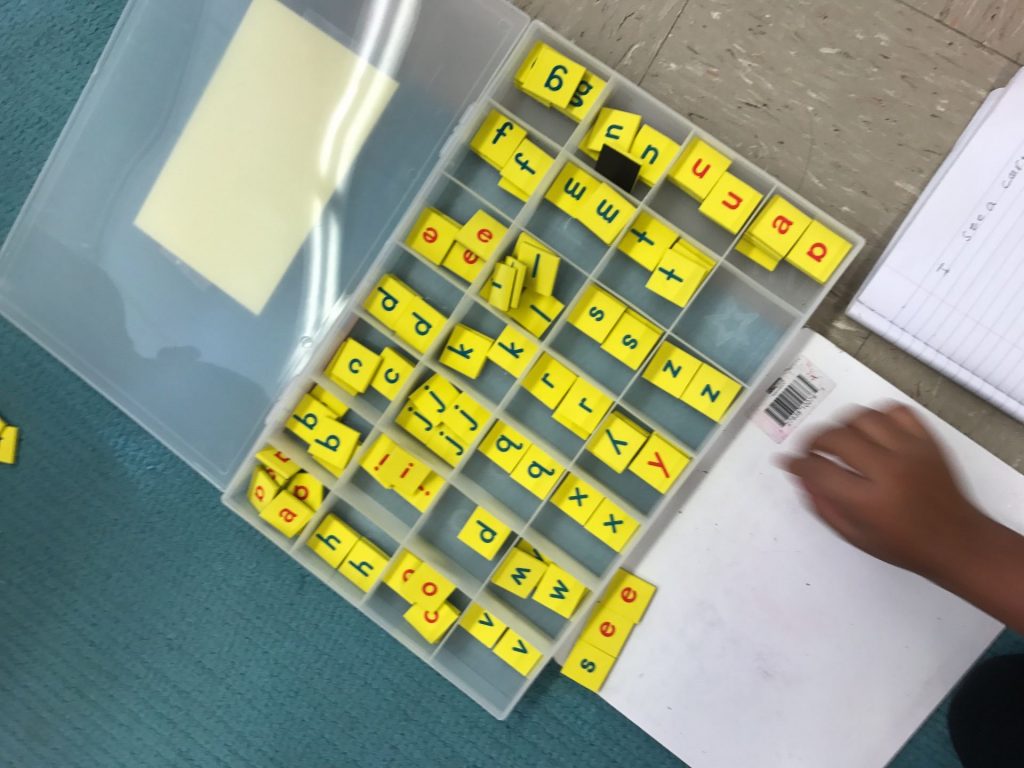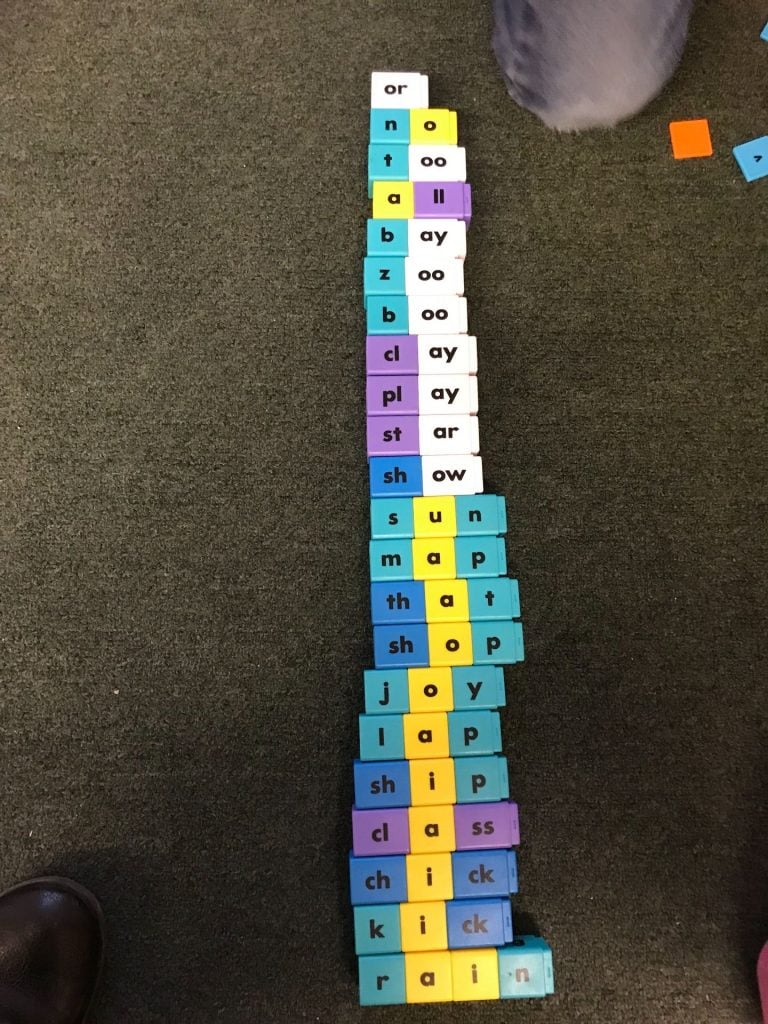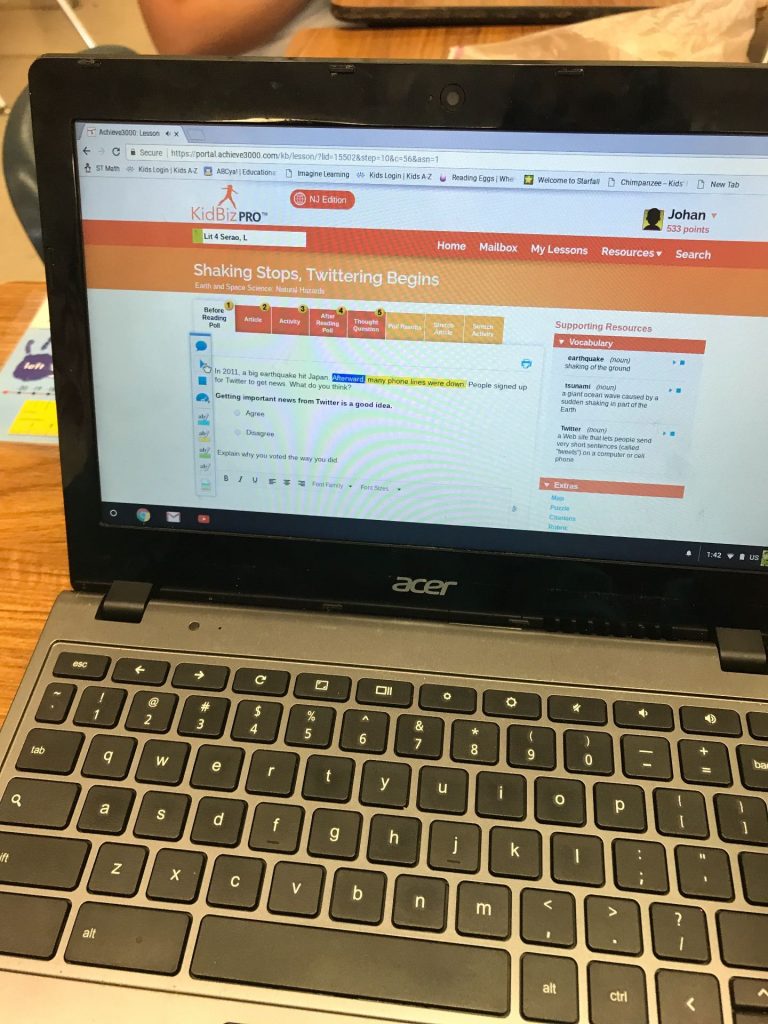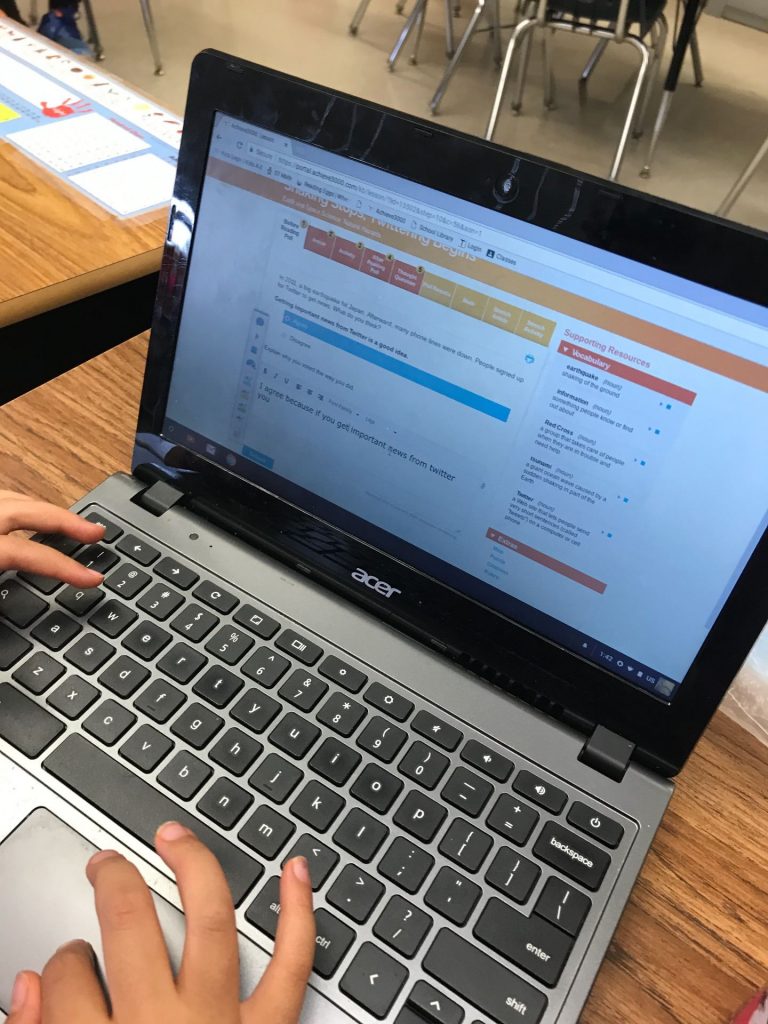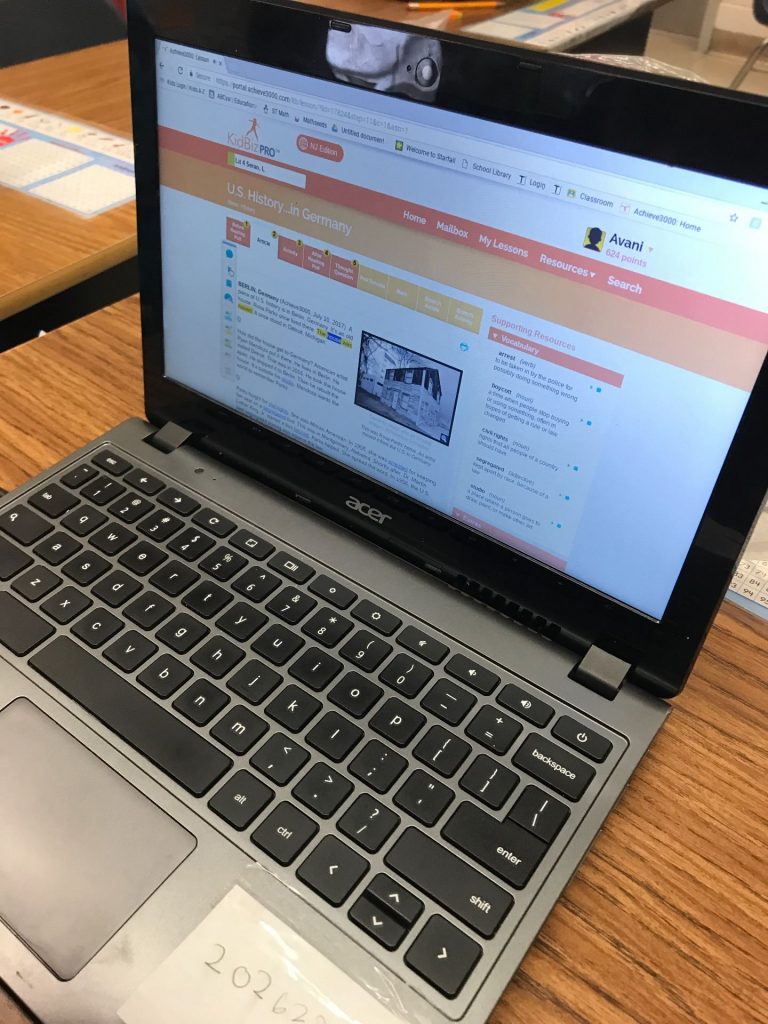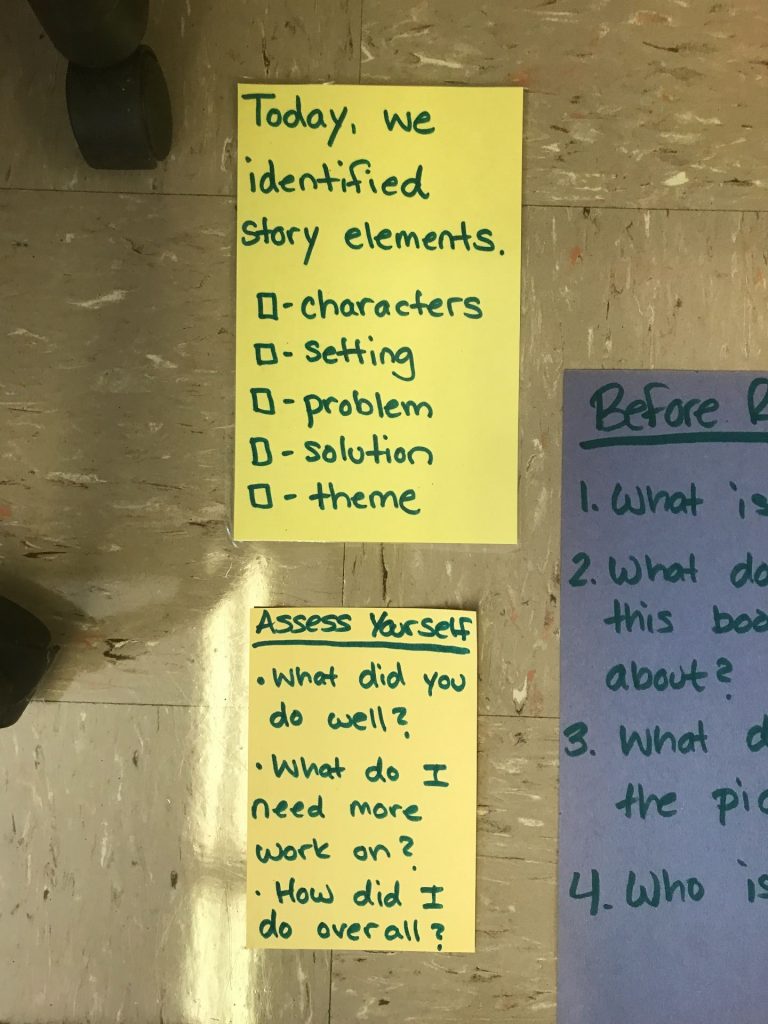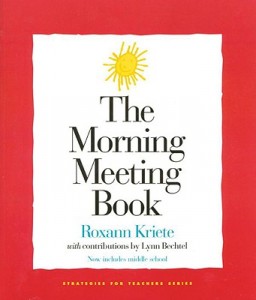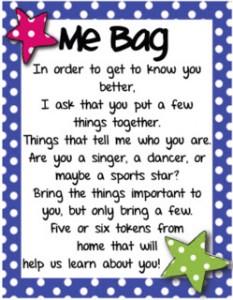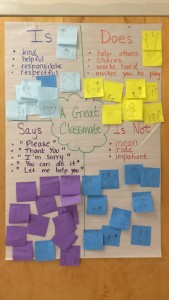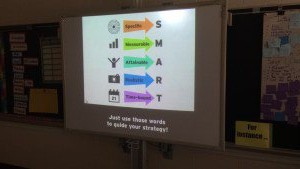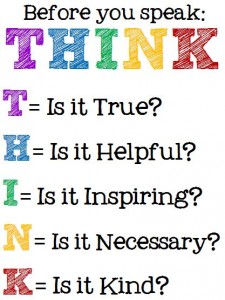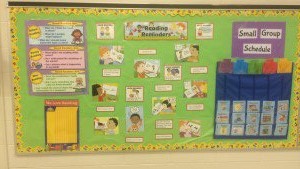Small groups are essential for students to receive personalized instruction. In my classroom, I run small groups for reading, math, and flex time. At times, I also have Social Studies/Science, small groups.
For small groups to be effective, a schedule needs to be in place to make it clear to both students and teachers where each student should be and what students should be doing at each center. A sample of my schedules are below:

I like to set up centers where students receive teacher instruction, have the opportunity to practice specific skills independently, a place where they can review skills, and a time where they can go on online programs that reinforce learning.
In my picture, you will notice that my small group visual on the board does not have arrows. Last year, I was able to have my students attend each center in a simple circular rotation, but this year, because the needs of my students have changed, not all students attend each center. To compensate for that, my students start at the same station every day so they know where to go after each rotation. One group starts at the teacher table, then goes to the independent poster station, and then go to vocabulary, and then technology. My students caught on pretty quickly and can transition independently to each place since the routine is the same each day.
Below, I will describe each reading center in detail. In a later post, I will share more information about my math centers and social studies/science centers.
Teacher Table: At the teacher table, I provide intensive instruction (phonics work, comprehension skills, and specific reading strategies). At this table, we follow our reading program curriculum. We use the program Project Read, which allows for phonics and comprehension instruction.
EdMark/Vocab Station:
EdMark is a sight word program for students who have not been successful with phonics-based programs. It is highly repetitive and provides end of unit assessments. EdMark includes an assessment book (great for data collection), a workbook, a picture match, stories, homework, and spelling. I love this reading program since I have seen it really help some of my students who have been nonreaders. EdMark has two levels (Level 1 and 2). Students need one-to-one instruction while using this program since it is highly individualized.
During my student teaching, I used the phonics program Fundations and Lively Letters. I also incorporate some cool spelling tricks.
Independent Poster/Manipulative Center:
At this station, I have students practice the skills I just taught independently or to review skills already taught earlier in the year. At times, I need to help my students if they are struggling, but I like to give them time to try a skill on their own (after guided instruction at the teacher table). I use different colored post-it notes for each group that matches the color of their individualized reading boxes. This helps me know what each group has accomplished at this station. I have several anchor charts that focus on each skill (such as summarizing, comparing and contrasting, making inferences, cause and effect…etc). In this picture, I featured my story element poster since it is one that I always start the year with.
In this center, I provide leveled books and different follow up activities (such as writing a summary, asking and answering questions, and writing about their favorite part). In addition, I am very intentional about structuring and modeling how to “stop and think” while reading. Most students typically read without stopping and asking questions. By giving clear guidelines such as stopping after every paragraph or every 2-3 pages in a book, I find that my students are starting to build healthy reading habits that can be transferred during their independent reading time later in the day. As seen in the pictures below, I leave instructions and self-assessments so students can run this station on their own.
At times, I also utilizes manipulatives (such as matching games and centers in a bag) from LakeShore or ReallyGoodStuff.
Spelling/Vocabulary Center:
At this station, students practice their spelling and vocabulary words. I have students write words in their notebooks, build words with magnets or blocks, write the word in a sentence, or write a story/song.
In a previous post, I outlined various ways to practice spelling words. I use these ideas for homework and in class.
Technology Center:
In my school, we utilize the following reading programs: Achieve3000 Raz Kids, and Reading Eggs. Here, I took pictures of the program Achieve3000. I appreciate that each of these reading programs have accommodations such as a read-aloud option, vocabulary help, and extended time to complete each activity. In addition, I recommend the following online reading websites.
Student Run Centers:
A clear structure is very important when setting up centers. I typically do not change the routine so my students can independently do each center. At the end of each center, my students clap to get the other groups attention and self-assess their own learning. I provide objective cards at each station and then students ask each other what they did well and what they need to continue to work on. We clap again and the students at the teacher table say “please move to the next station”.
In a post coming to this blog soon, I will share more pictures of my objectives cards that my students use to self-assess after each center rotation. Eventually, I would love for my students to think of the objective and benchmarks on their own, but for now, this is a guided structure that I utilize to ensure content vocabulary, reflection, and accurate assessment of their time at each center.
Comment below to share your center/small group advice. What challenges do you experience when implementing centers? What systems/structures could you share with others? Ideas and reflection help us all grow so your thoughts are greatly appreciated!

